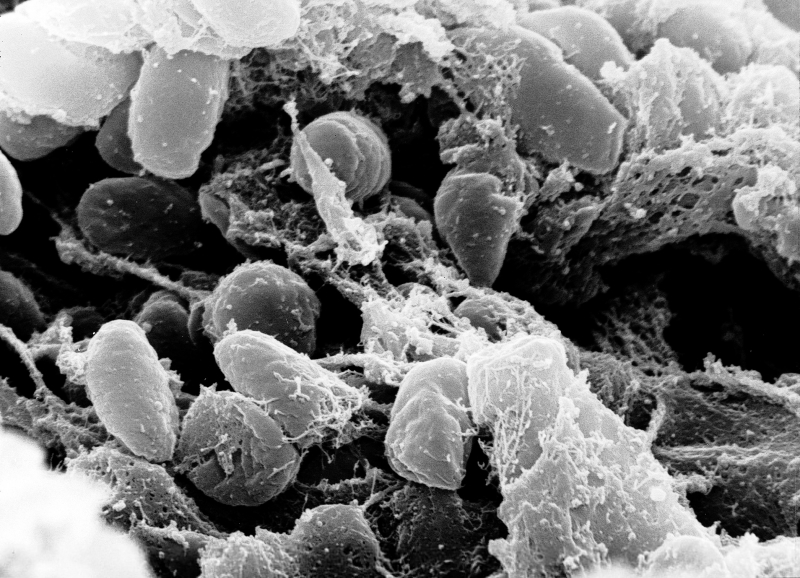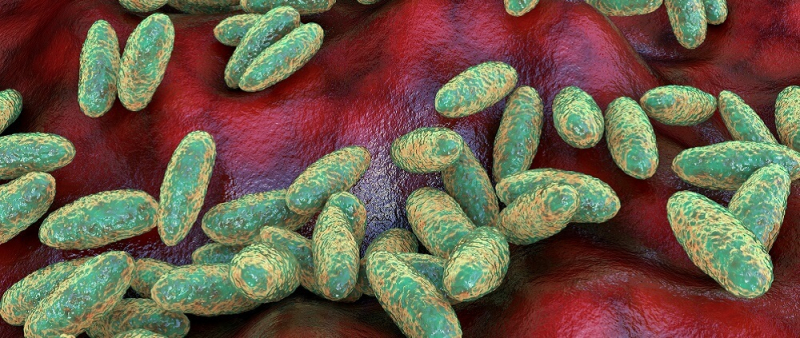Yersinia Pestis Is Still Being Researched

Yersinia Pestis is still being researched will be the following fact about the Black Death. Alexandre Yersin, a French/Swiss bacteriologist, discovered the Black Death's causal agent in 1894 while researching a plague epidemic in Hong Kong. After Yersin, the bacteria was given the name Yersinia Pestis, and it was eventually discovered to be the cause of the Justinian Plague. The Yersinia Pestis research is still going on, and it's yielding some interesting results.
In 2010, a team of medical geneticists led by Mark Achtman concluded that all three plague epidemics originated in or around China. The ancient genome of Yersinia Pestis from Black Death victims from the East Smithfield burial site in London was sequenced and reassembled by a team of 16 researchers from the Max Planck Institute in 2011. They came to the conclusion that all contemporary strains of the bacterium came from the Black Death pandemic. Another team of researchers from the same institute discovered the oldest known Yersinia Pestis genome in 2018, which dates back 3800 years. This strain was discovered in the skeletons of two people who died of the disease at a Late Bronze Age burial site in Russia. It is thought to be the forerunner of the Justinian Plague, Black Death, and Third Pandemic.











